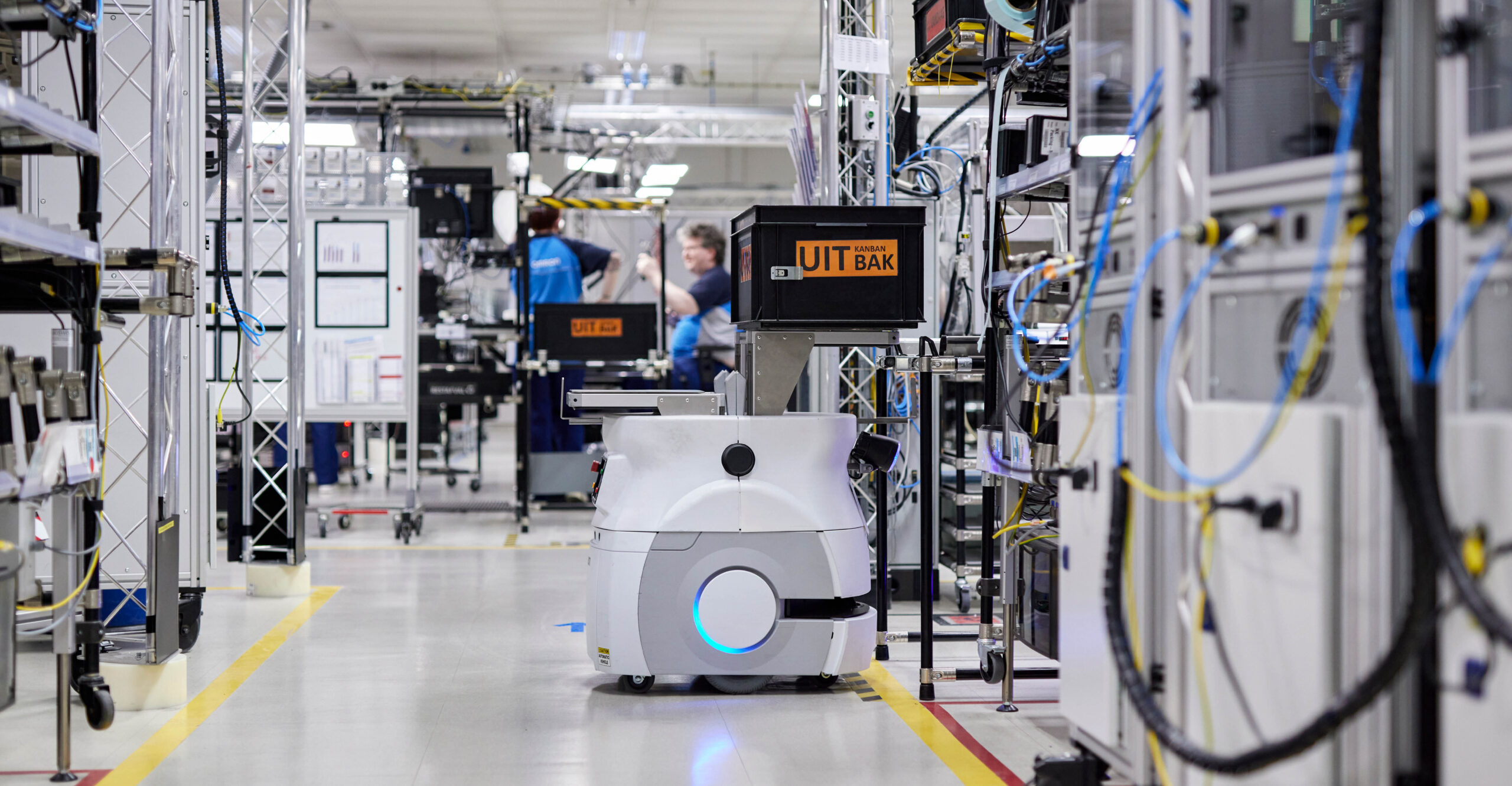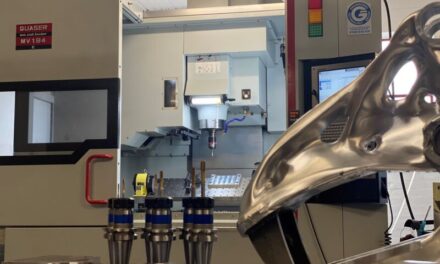Companies need new technologies that take over repetitive tasks and increase efficiency.
Author: Dr. Klaus Kluger, General Manager Central East Europe, OMRON Electronics GmbH
While many countries are experiencing a labour shortage in areas such as hospitality and healthcare, many manufacturers are also concerned about the growing labour shortage.
To mitigate this phenomenon, some countermeasures have been implemented, such as financial incentives or targeted workforce qualification; however, more innovative solutions are required.
Modern technology solutions can automate repetitive and monotonous tasks, relieving employees and allowing them to focus on more valuable tasks. EU countries are in a good position in this regard, as many of them already have a high level of automation in place. However, strategies that leverage integrated solutions, including experienced partners and combining IT and OT, are necessary.
According to a recent report 2030 Skills: Closing the Gap, published by Make UK and Sage, British manufacturing companies are having to compete with top city banks and leading innovation companies to secure employees with the relevant digital and technical skills needed to drive automation through traditional businesses. It has been revealed that 58% of companies said they have plans to recruit engineering technicians while 61% want to recruit production and process engineers. This is a dramatic shift from previous industry analysis as we see a stronger focus on the essential use of data, which requires input from employees trained in the very latest digital technologies, data investigation and implementation. More than a quarter of companies (27%) now say they need to recruit data analysts and 11% plan to employ data scientists, seen as necessary to make the desired automation changes to drive their businesses forwards.
In the EU, approximately 2.9 percent of vacancies remained unfilled in the first quarter of 2022, nearly 50 percent more than in the same period the previous year. Companies must urgently develop a new strategy for attracting and retaining qualified employees. Previous measures have included improved in-house training, new time models, and the recruitment of international experts. However, this is insufficient. It is advisable to develop multi-layered strategies. Technologies that replace manual and repetitive tasks will increase workplace employee safety and efficiency.
Expertise and acceptance needed
Innovative technologies such as robotics, big data and cloud computing, Augmented Reality (AR), and the Internet of Things (IoT) help to address skill and labour shortages by enabling value creation and flexible workflows. However, such technologies require expertise, industrial automation platforms, and partners who are accustomed to tools such as 5G, edge AI (artificial intelligence), and data analytics. At the same time, employees must be brought in from the beginning to help with the transition.
New work structures
Employees must be trained and empowered to make the best use of new technologies, as well as to easily change and adapt to them. At the same time, they must be aware of the benefits and opportunities. At first glance, autonomous, automated and collaborative production will have fewer employees than traditional manufacturing. However, new fields of activity and work structures will emerge. Employees can participate in more innovative tasks and generate added value while robots handle repetitive tasks such as palletizing, sorting, material loading, and quality control.
Expertise in technology providers
According to an OMRON survey, nearly 90% of IT leaders rely on external consultants for Industry 4.0 and data analytics. Collaboration with experienced technology experts has never been more critical. As a result, manufacturers require more than just smart technology; they also require holistic providers and skilled system integrators.
Start small, test and scale up to accelerate growth
The journey from planning and proof of concept (PoC) to a system that runs successfully and profitably takes time and patience. Companies need to question well in advance which technology is best suited to their requirements and how it can be scaled. Employee acceptance also plays a major role. It is advisable to start small, try it out and then scale up quickly. According to the latest World Robotics Report, more than 517,000 new industrial robots were installed in production facilities in 2021. This represents a growth rate of 31 percent compared to the previous year. The stock of operational robots worldwide now stands at around 3.5 million units, and the trend is upward. Those who rely on automation from a single source are setting the course for a successful future – despite the advancing shortage of skilled workers. Robots are by no means taking away employees’ work. Instead, studies show that companies that invest in robotics are even more successful than those that resist innovation. Those that are successful grow as a result – and can then hire employees again to take on creative tasks.
Automation as a growth engine: holistic support from OMRON
There are currently around three million robotic units in use globally, and the trend is rising. The international robotics market is estimated at around $65.3 billion and is forecast to reach around $180 billion by 2027. Nine out of ten companies worldwide plan to introduce robotic automation in their respective infrastructures by 2030. This will lead to an increase in productivity and a significant decrease in the error rate. Germany is the country with the most robots in Europe. In a global comparison, Germany ranks 4th in robot density after Singapore, South Korea, and Japan. Robot demand is expected to grow in the future, mainly due to the demand for low-cost robots in various industries. OMRON is focusing on growth in Europe. In autumn, the automation expert plans to move into a new Dortmund office with a large presentation area. There will also be a proof-of-concept lab for companies here. In addition, an Automation Technology Centre is currently being built in Stuttgart, which will address companies from the food and consumables (F&C), medical and pharmaceutical, and automotive sectors and focus on solution-oriented technologies. By seamlessly linking core technologies such as sensors, inspection, robotics, and AI, OMRON helps companies address the skills shortage, increase efficiency and relieve employees.
Images/Captions
Image 1 – Source: Make UK/Sage Skills Survey 2022
Graph showing the % of companies citing the job roles they need to recruit for in the next 12 months.

Image 2
Employees must be trained and empowered to make the best use of new technologies, as well as to easily change and adapt to them. At the same time, they must be aware of the benefits and opportunities

Image 3
Modern technology solutions can automate repetitive and monotonous tasks, relieving employees and allowing them to focus on more valuable tasks




